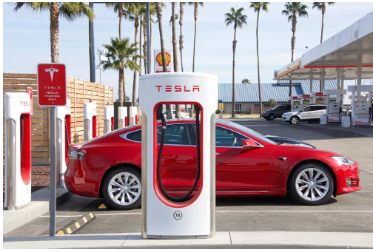Panasonic’s Battery Gamble: Powering the Future of EVs
The electric vehicle race has always hinged on one thing: the battery. And this September, Panasonic announced a bold step — it is developing a lithium-metal anode battery, expected by 2027, that could boost energy capacity by 25% compared to today’s lithium-ion cells.
If successful, this would extend EV ranges by hundreds of kilometers, reduce charging frequency, and cut the weight of battery packs — making electric cars cheaper and more appealing to the mass market.
But the challenge is immense. Lithium-metal batteries are notoriously difficult to stabilize, with risks of overheating and short circuits. Panasonic is betting on breakthroughs in materials science to make them commercially viable.
The timing is crucial. With Tesla, BYD, and Toyota all racing to dominate the EV landscape, the winner may well be the company that cracks next-gen batteries. Panasonic, a longtime Tesla supplier, clearly wants to keep its edge.
For India, which is pushing hard on its EV transition, this development is particularly relevant. A leap in battery tech could lower costs, ease dependence on oil imports, and align with India’s net-zero ambitions. But it also highlights a supply chain risk: critical minerals like nickel, cobalt, and lithium are concentrated in a few countries. Without local mining or recycling capacity, India risks being dependent even as EV adoption accelerates. Panasonic’s announcement is not just about a new product — it’s about the future of mobility. If the promise holds, the next decade could belong to lithium-metal.





